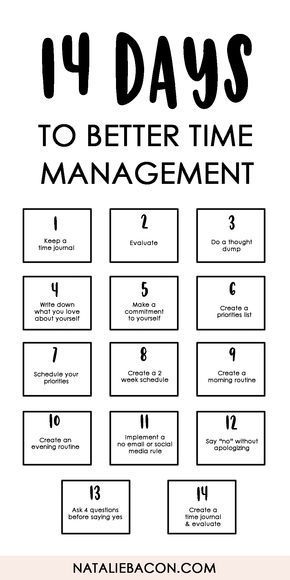In order to be successful in strategic project management, organizations must first clearly define their business strategy.
This involves determining the company’s mission, values, and long-term goals.
Once the business strategy is in place, the organization can then identify the projects that will help achieve these goals and determine how to prioritize and allocate resources to these projects.
One key aspect of strategic project management is effective communication.
This involves not only communicating project goals and objectives to project team members, but also ensuring that project results are communicated back to the organization to inform future decision making.
Regular stakeholder meetings and progress reports can help to ensure that everyone is on the same page and that projects stay aligned with the overall business strategy.
Another critical component of strategic project management is risk management.
This involves identifying potential risks that could impact the success of the project, and developing contingency plans to mitigate these risks.
Regular risk assessments should be conducted to ensure that the organization is prepared for any unexpected challenges that may arise.
In addition to risk management, it is also important to have a strong governance structure in place.
This includes clear decision-making processes, clear lines of authority, and defined roles and responsibilities for project team members.
A strong governance structure helps to ensure that projects stay on track and that decisions are made in a timely and effective manner.
Finally, strategic project management requires continuous improvement.
This involves regularly reviewing and evaluating the performance of projects, and making changes as needed to improve processes and achieve better results.
The goal of continuous improvement is to continuously deliver better value to the organization and its stakeholders.
In conclusion, strategic project management is a key component of organizational success.
By aligning projects with the overall business strategy, effectively communicating with stakeholders, managing risks, having a strong governance structure, and continuously improving processes, organizations can ensure the delivery of successful projects that support the long-term success of the organization.



Understanding Time Management
Time management is the process of organizing and planning how much time is spent on various activities. It involves setting goals, prioritizing tasks, and allocating time slots to carry out these tasks effectively. Effective time management allows you to achieve more in a shorter amount of time and reduces the likelihood of feeling overwhelmed.
Set Priorities
One of the most critical time management skills is setting priorities. You need to identify the tasks that are most important, urgent and require immediate attention. This means organizing tasks into different categories and prioritizing them based on their impact on your goals, deadlines, and time-criticality.
Create a Schedule
Developing a schedule is crucial to effective time management. Having a schedule helps you to organize and plan out your time and reduces the chances of procrastination. The best way to create a schedule is to use calendars and workplace software. By scheduling tasks, you can make the most of your day, minimize the risk of missed deadlines, and boost productivity.
Focus on One Task at a Time
Multitasking can lead to stress, reduced quality of work, and distractibility. Focus on one task at a time, complete it before moving onto the next. By doing so, you can go through your to-do list more efficiently and effectively.
Learn to Say No
It is essential to learn to say no politely but firmly to avoid time-wasting activities, give priority to your goals, and make the most of your time. Saying yes to everything can lead you to anxiety, overload and eventually burnout. Prioritize, say no to unimportant obligations, and use your time effectively.
Minimize Distractions
Technology has made communication and information easily accessible. However, in today’s digital era, technology can be a significant source of time-waste and distraction. Learn to minimize distractions like social media notifications, instant messaging apps, and pop-ups. Switching off your phone or the internet when engaging in a task that requires complete attention can help you stay focused and be more productive.
Take Breaks
Taking regular breaks can help you maintain focus, be more productive and prevent burnout. It makes it easier to get back to work, re-energized and with a clear mind. Breaks can involve short walks, stretching exercises, meditation, or other activities that help you relax and clear your mind.
Review Progress
Regularly reviewing your progress lets you measure your productivity and determine if you are effectively utilizing your time. Evaluating progress intermittently allows you to make adjustments, set new priorities, and re-allocate time to crucial tasks.
Conclusion:
Developing good time management is an ongoing process that takes time and practice to master. The key is to understand the value of time, set priorities, create a schedule, stay focused, avoid distractions, take breaks and regularly review your progress. These steps can help you get more done effectively, reduce stress, minimize burnout, and reach your personal and professional goals.
Click here to add your own text
Click here to add your own text

